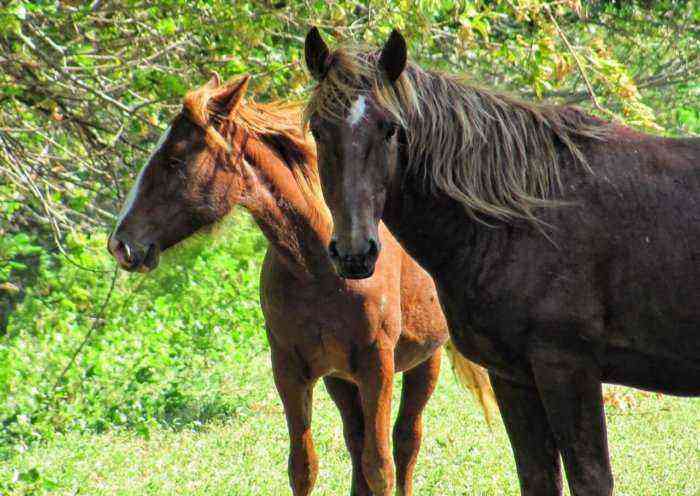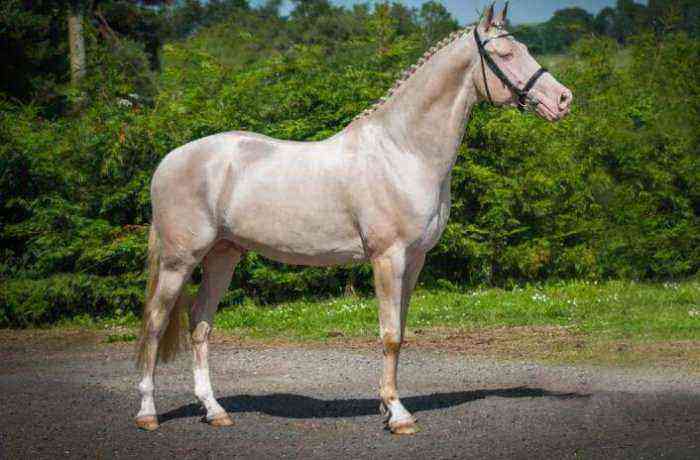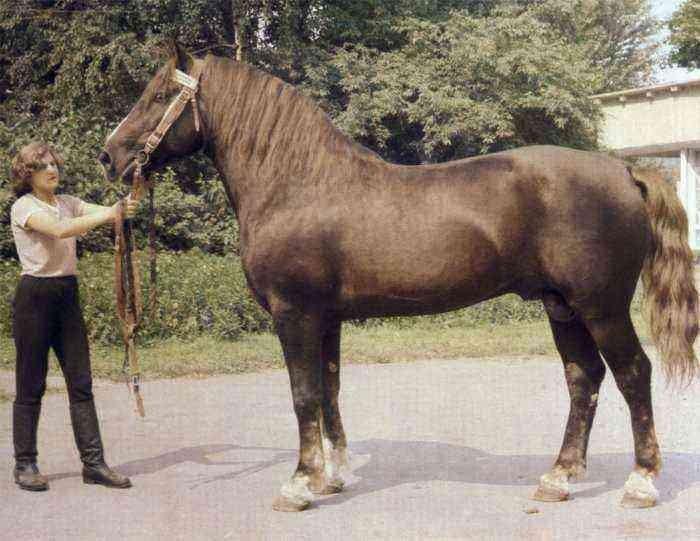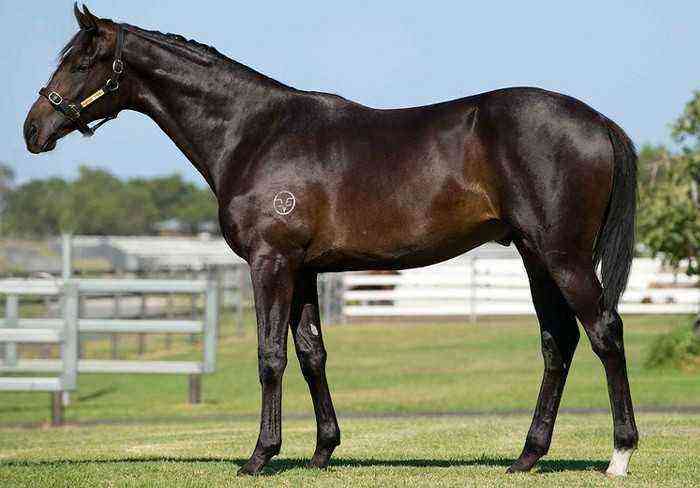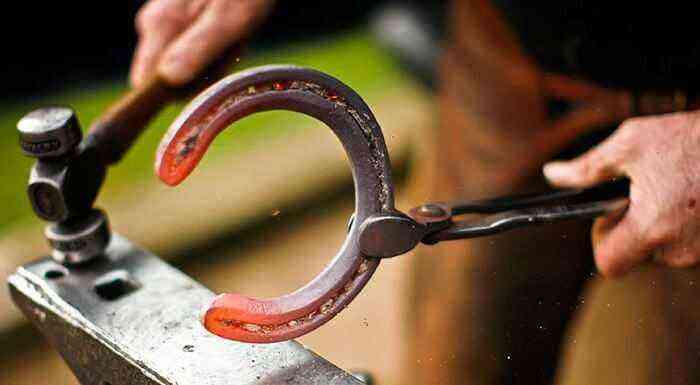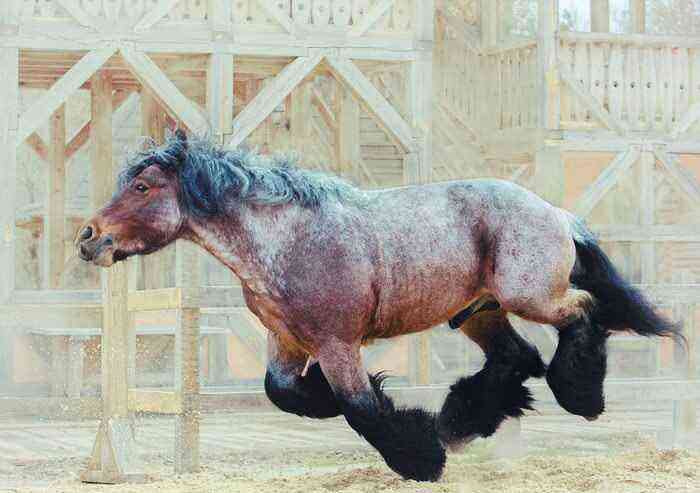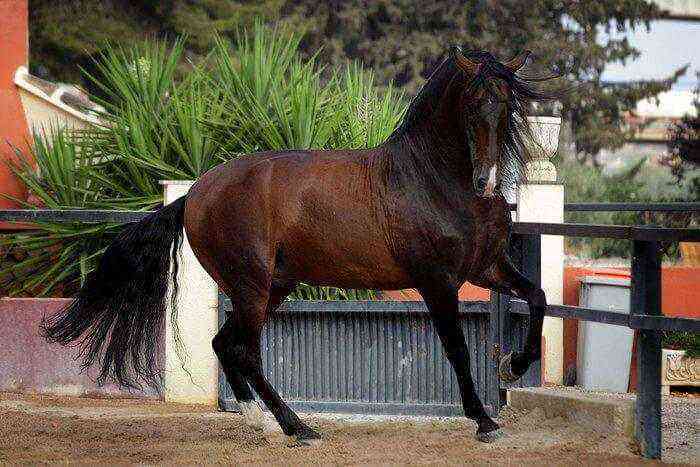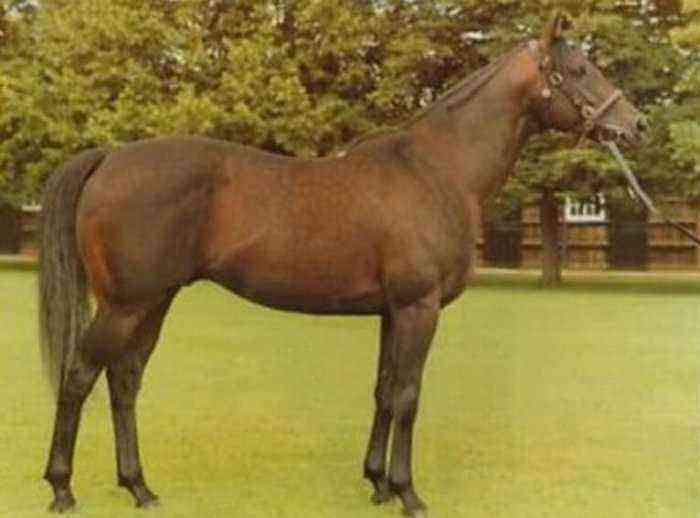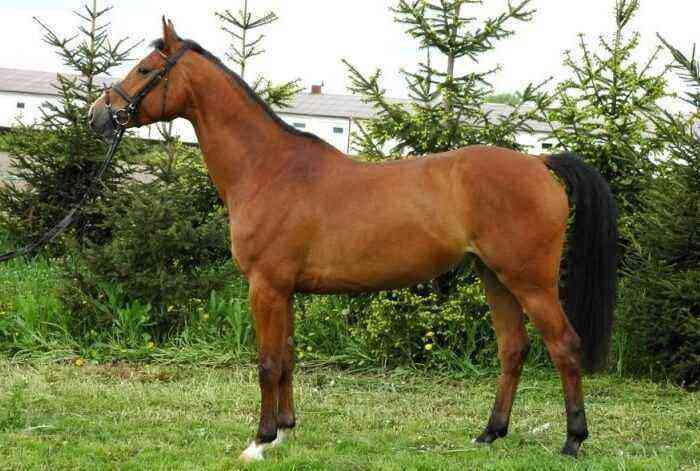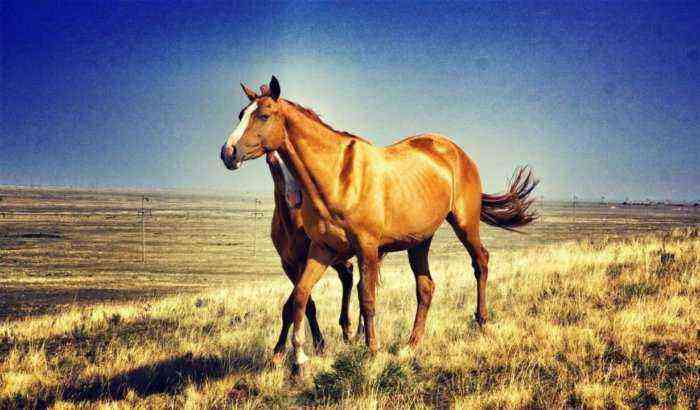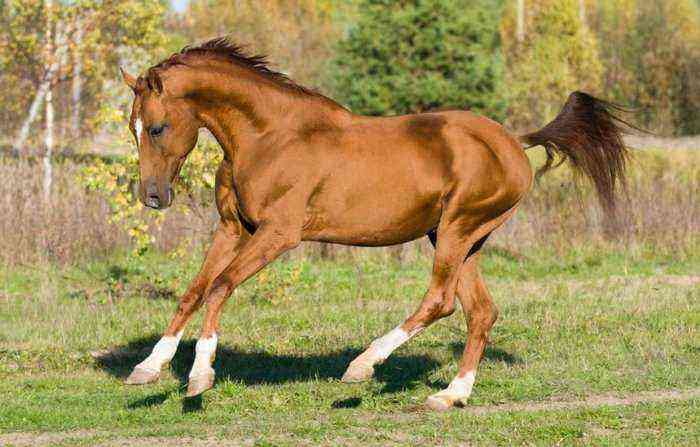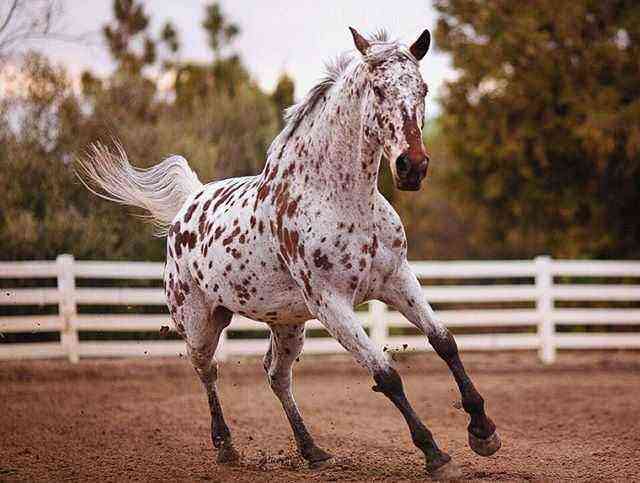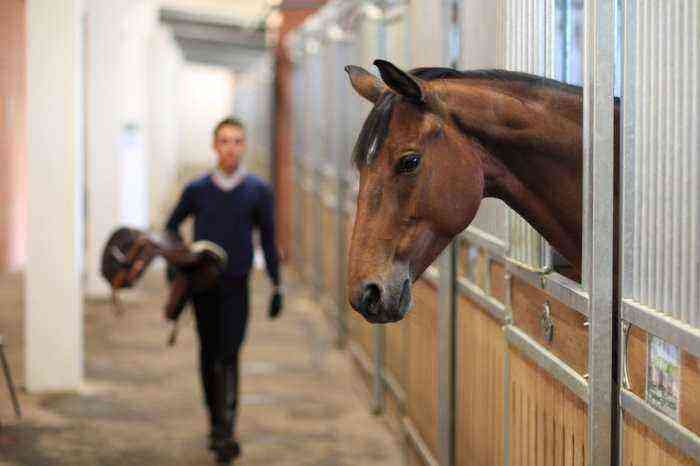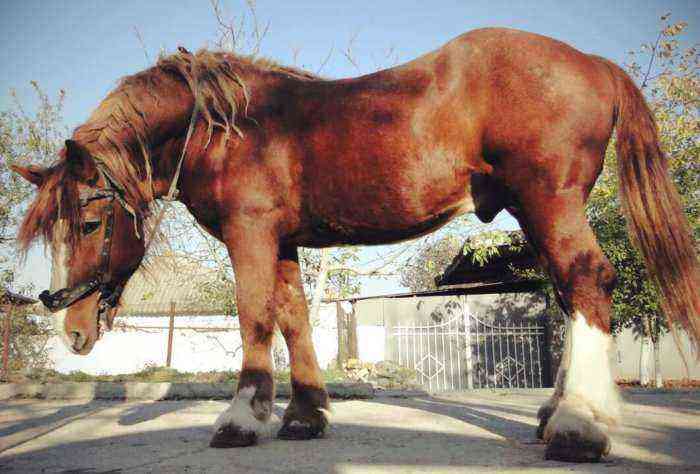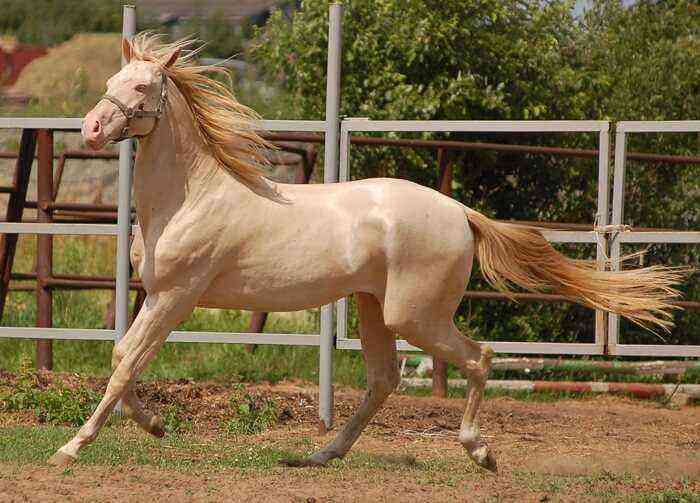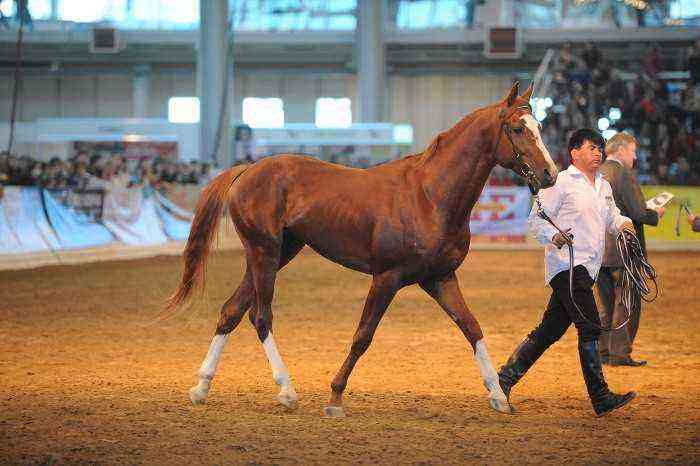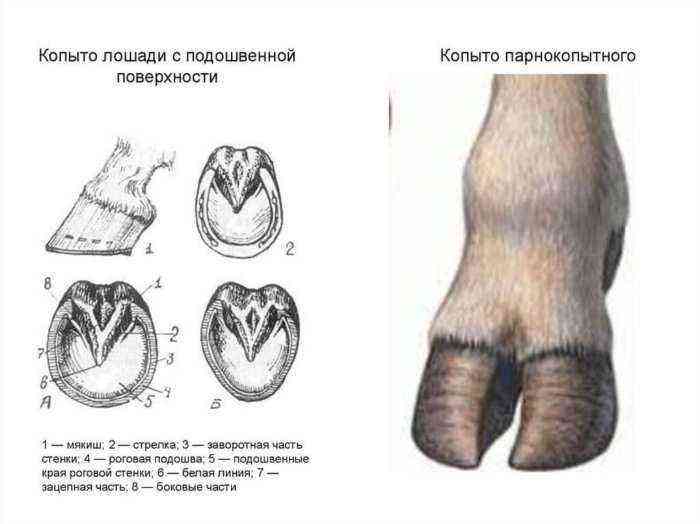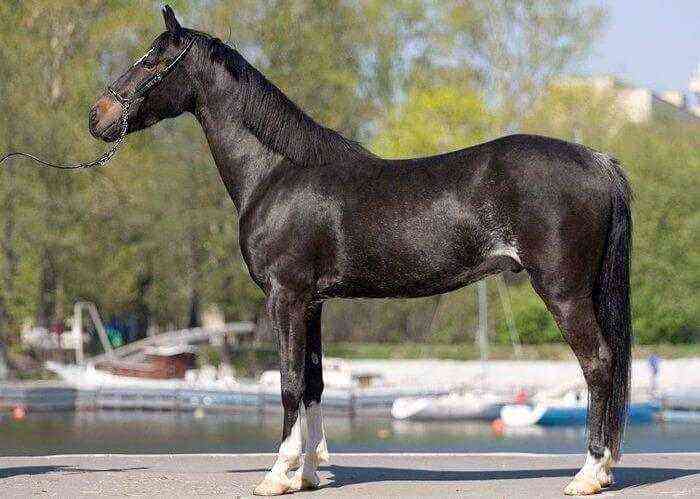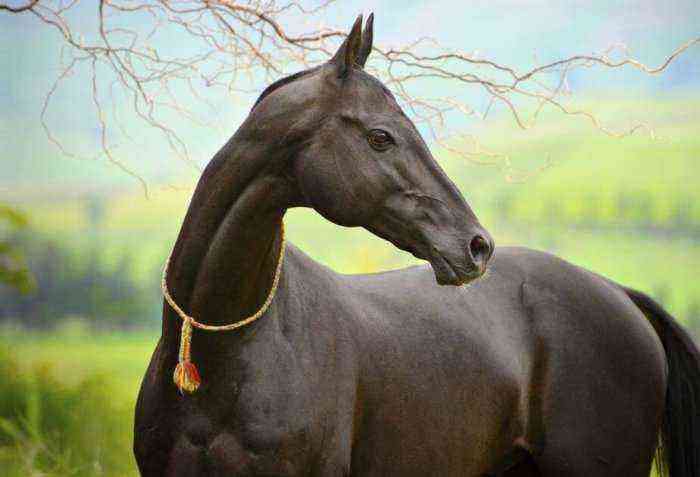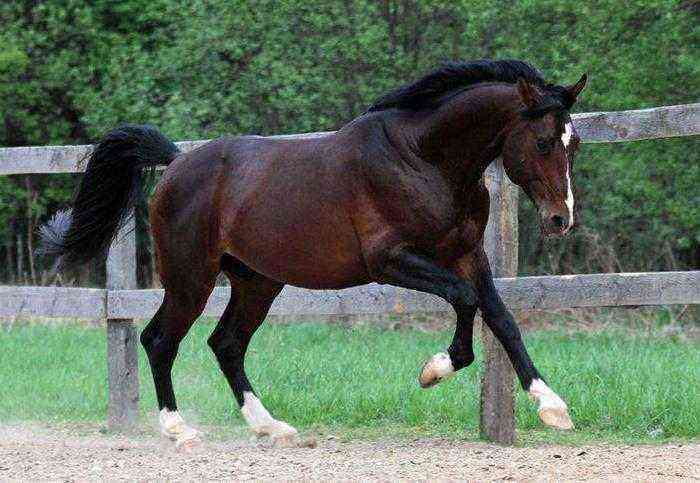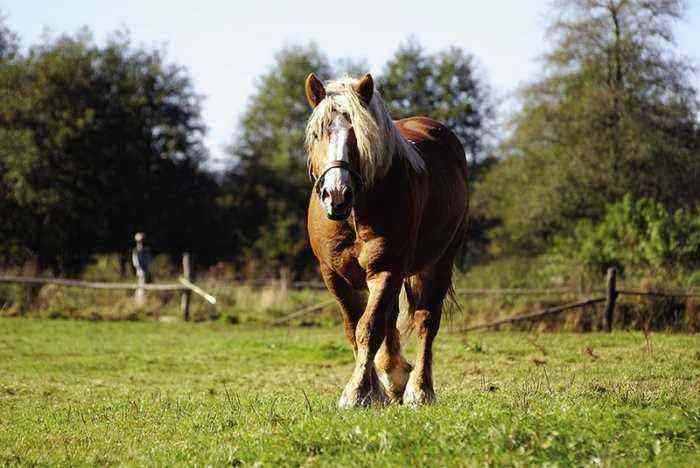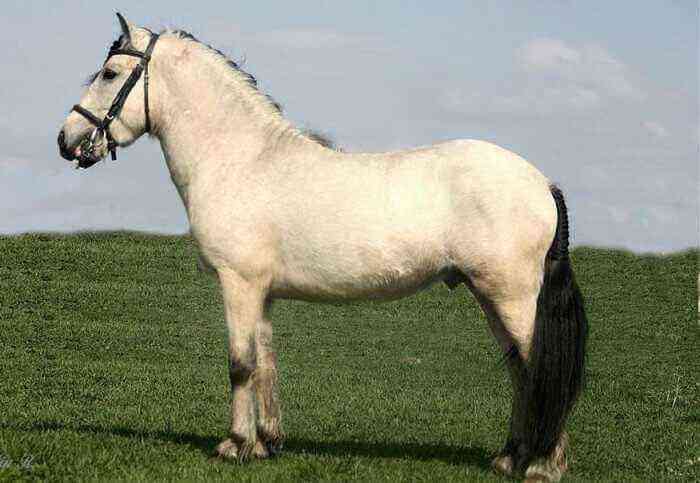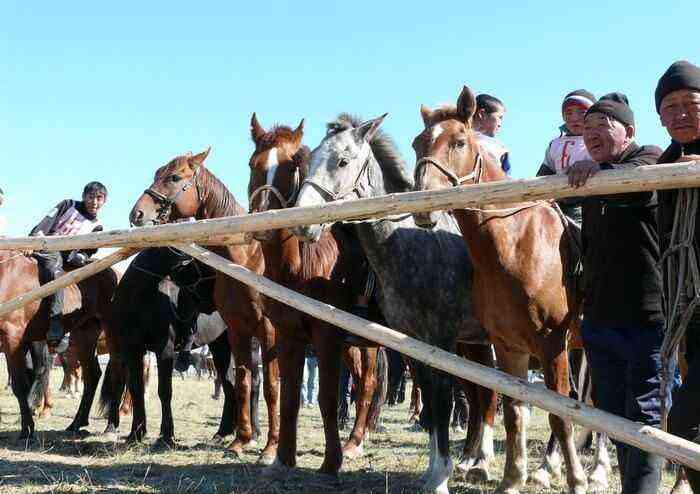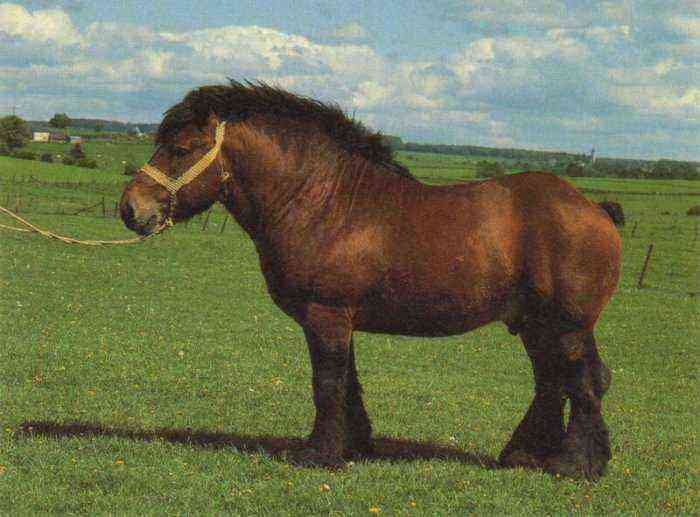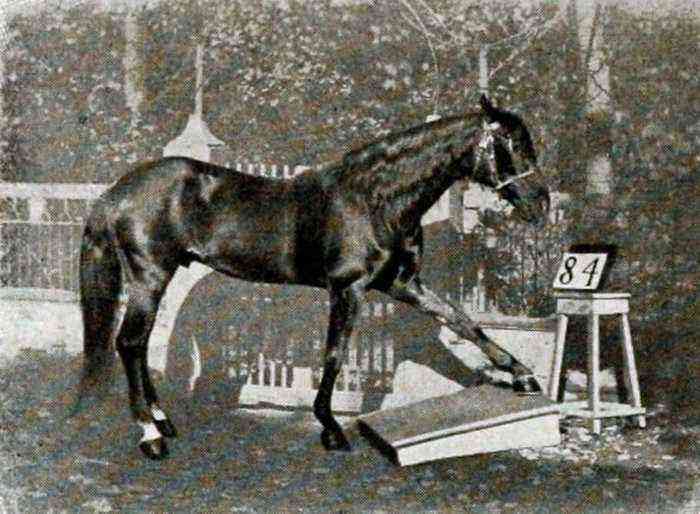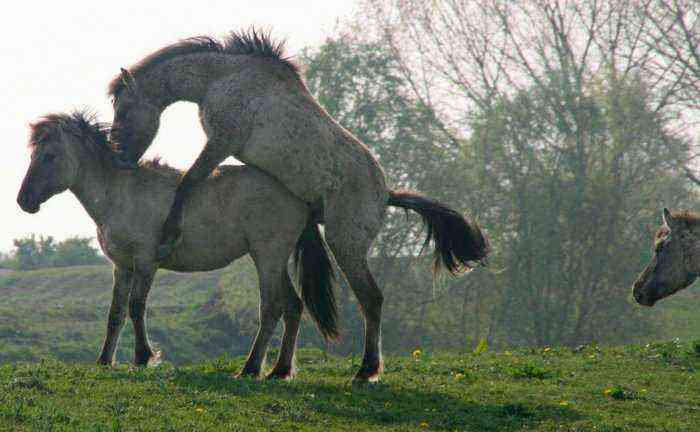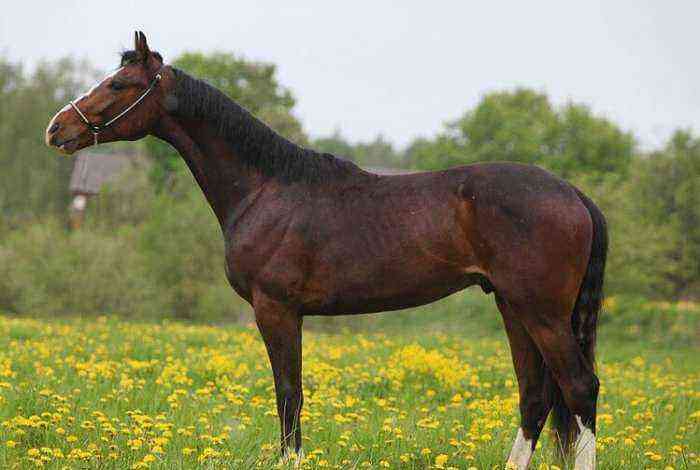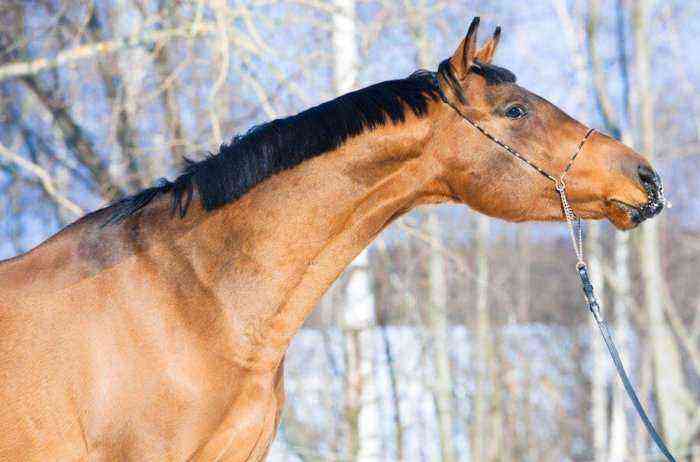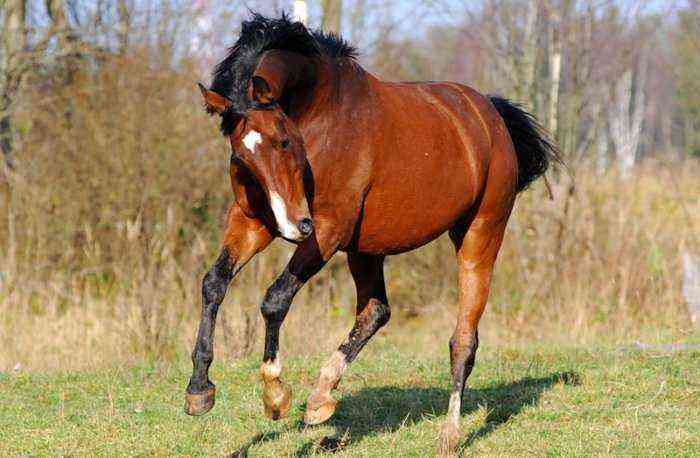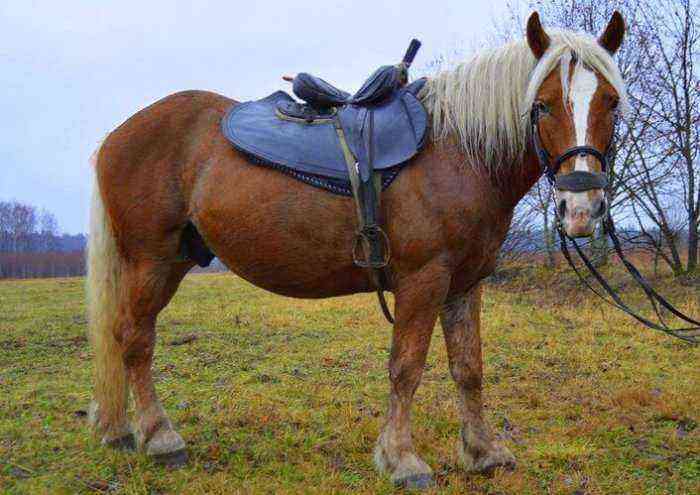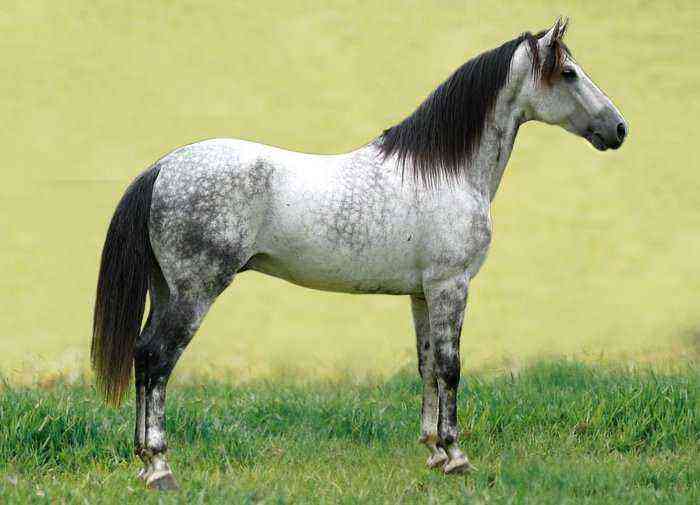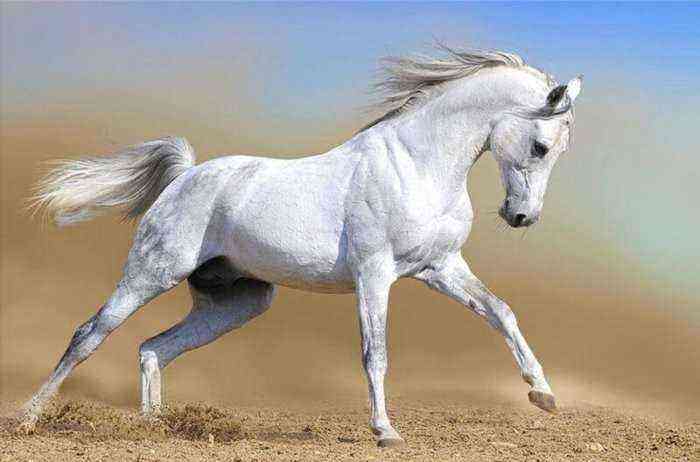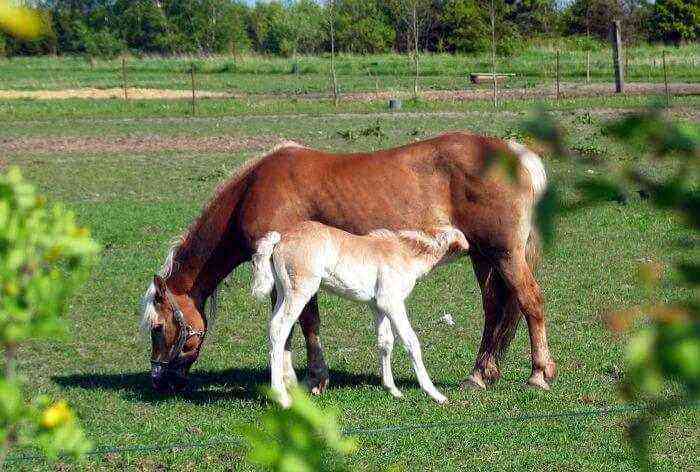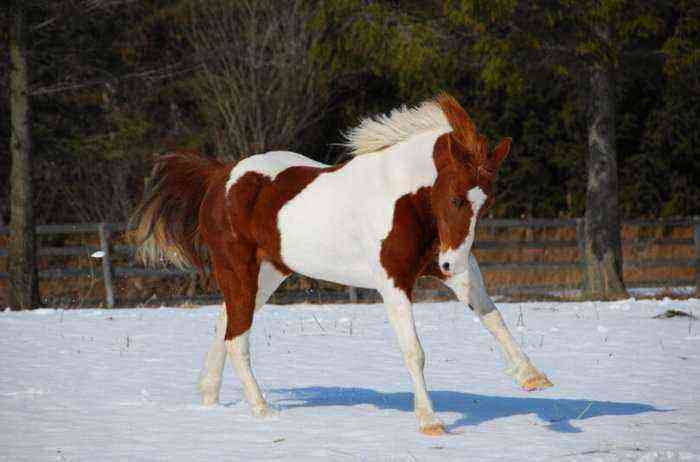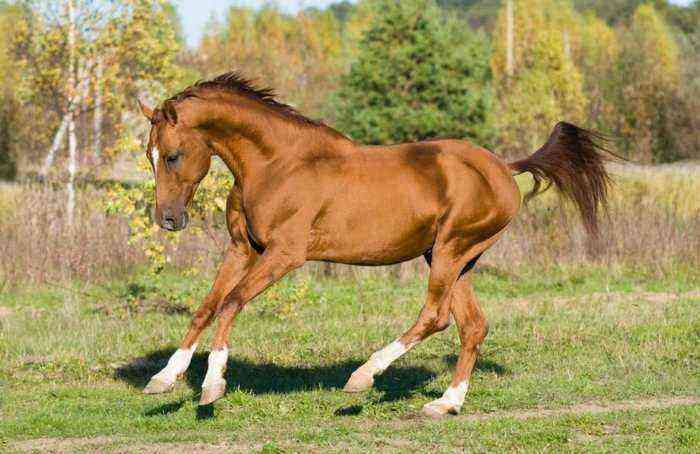The Soviet heavy truck horse breed is one of the strongest and most enduring. In the 19th century, its representatives carried loads weighing several tons on themselves and in wagons. Despite their strength and large build, they are distinguished by grace. Characteristics, advantages and disadvantages of the breed will be discussed in this article.
Soviet heavy truck
History of the breed
In the middle of the 19th century, in the south of the Nizhny Novgorod region and in Mordovia, horses were bred mainly in order to use their strength. In these regions, there was a need to carry timber and carry out arable work. Local residents used strong working horses of the Bityug breed and their descendants, which were obtained as a result of crossing with local mares.
The situation changed when in the 19th century heavy horses from Europe were delivered to the territory of Mordovia and the Nizhny Novgorod region – Brabancons and Suffolks. These were truly gigantic animals, their height at the withers reached 180 centimeters. Despite their heavy build, they were peaceful and obedient horses. But they had several drawbacks: the animals did not adapt well to the local harsh climate, and their constitution was also loose. As a result of crossing stallions arrived from Europe with local bityug mares, foals with good data were born. Although they were somewhat smaller than the Brabancons, they had a dense physique.
During the Civil War, the supply of thoroughbred horses from Europe temporarily stopped. The breeding herd, formed from the local horses of the Nizhny Novgorod region and the descendants of the Brabancons and Suffolks, was kept at the Pochinkovsky stud farm No. 23 and in the Mordovian village of Obrochnoe. At that difficult time, no one was engaged in selection, and within the tribe, horses randomly mated and produced new offspring. In 1934-1936, horse breeders noticed that the descendants of European horses showed stable genes of their progenitors. Then they decided to carry out work aimed at consolidating them. Soon the war began again, so the breed was not registered. Only in 1952 was registration made, and the breed was named the Soviet heavy truck.
Appearance and characteristics
The Soviet heavy truck horse has a strong physique. These animals are tall and muscular. The average weight of a stallion reaches 900 kg. Looking at these animals, even a person ignorant of horse breeding will notice how powerful their limbs, chest and neck are.
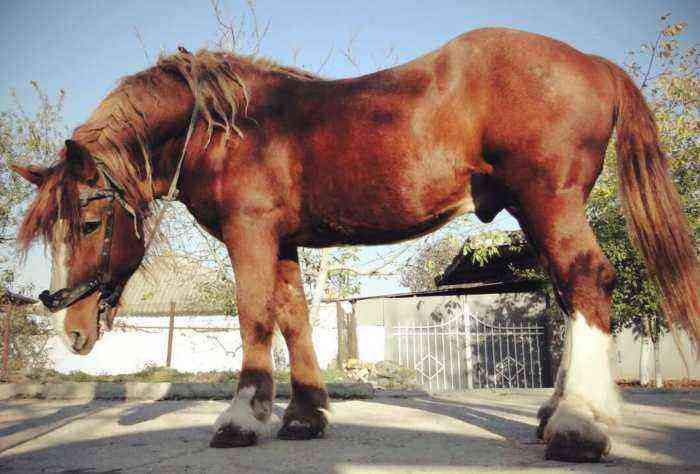
Soviet heavy truck horse
Consider the main characteristics of the Soviet heavy truck breed:
- the average height of a stallion at the withers reaches 170 kg;
- weight – 900 kg;
- massive muscular chest;
- strong short neck;
- a medium-sized head, which seems compact against the background of the body;
- auricles are small;
- nostrils dilated;
- cheeks well developed;
- the back is wide, straight, moderately soft;
- croup is powerful, forked, located low;
- limbs are short, powerful, hocks are massive;
- hooves large regular shape;
- moderate overgrown brushes;
- the hair in the mane and tail is thick;
- the suit of Soviet heavy trucks is red, bay, as well as red-roan or bay-roan.
Attention! Representatives of this breed sometimes have a defect – incorrect setting of the hind limbs (clubfoot). This does not affect the performance of horses, but may cause rejection when breeding for a tribe.
To understand how powerful and hardy these horses are, it is enough to imagine how, thanks to the efforts of a single animal, a train weighing 15 tons moves off. During one test in the city of Tambov, a stallion named Force was able to carry 23 tons of cargo over a distance of 23 meters. These figures help to assess the strength and power of the Soviet heavy truck. That is why these horses can rightfully be considered the property of Russia.
Care and maintenance of horses
Although Soviet heavy trucks are unpretentious, you should still know some of the features of caring for these horses. Large animals should be kept in a spacious stable. It should be dry and light. It is important to take care of a constant supply of fresh air. A walking area is equipped near the stables.

Horse on the paddock
Since these animals are used for hard work, they get very tired. After each active walk or physical labor, heavy trucks wash their hooves with a hose and clean their nostrils from dust and mucus. The mane and tail also need care. Hair should be washed 2 times a week, using special products. After drying, they are combed with a natural bristle brush.
Attention! Each individual should be regularly examined by a veterinarian. Horse breeders need to adhere to the vaccination schedule.
In order for the horses to be healthy and the foals to develop properly, they are provided with good nutrition. The daily diet includes:
- cereal crops;
- hay;
- fresh grass;
- root crops, vegetables;
- mineral supplements.
Breeding
Mares of the Soviet heavy truck breed are distinguished by a high rate of milk production. During the lactation period, they are able to produce over 3000 liters of milk. This is one of the advantages of the breed. The indicator of their fecundity is at an average level – 75%. Mares can be bred with stallions from the age of three, and recruited from the age of 2,5. Foals tend to gain weight quickly. Every day it increases by 1,8-2 kg. Thanks to this growth rate, six-month-old stallions weigh almost 500 kg.
Attention! Representatives of the breed Soviet heavy truck can be used for reproduction up to 17 years. In rare cases, mares are able to bring offspring up to 20 years.
After the collapse of the Soviet Union, the breed is in crisis. At the stud farms where the breeding herd is kept, they stopped testing foals, and the number of livestock has significantly decreased. However, breeding stallions and mares are in demand in Europe. In Russia, some farmers also prefer to use the manpower of horses instead of farm equipment, which requires a lot of money to maintain.

